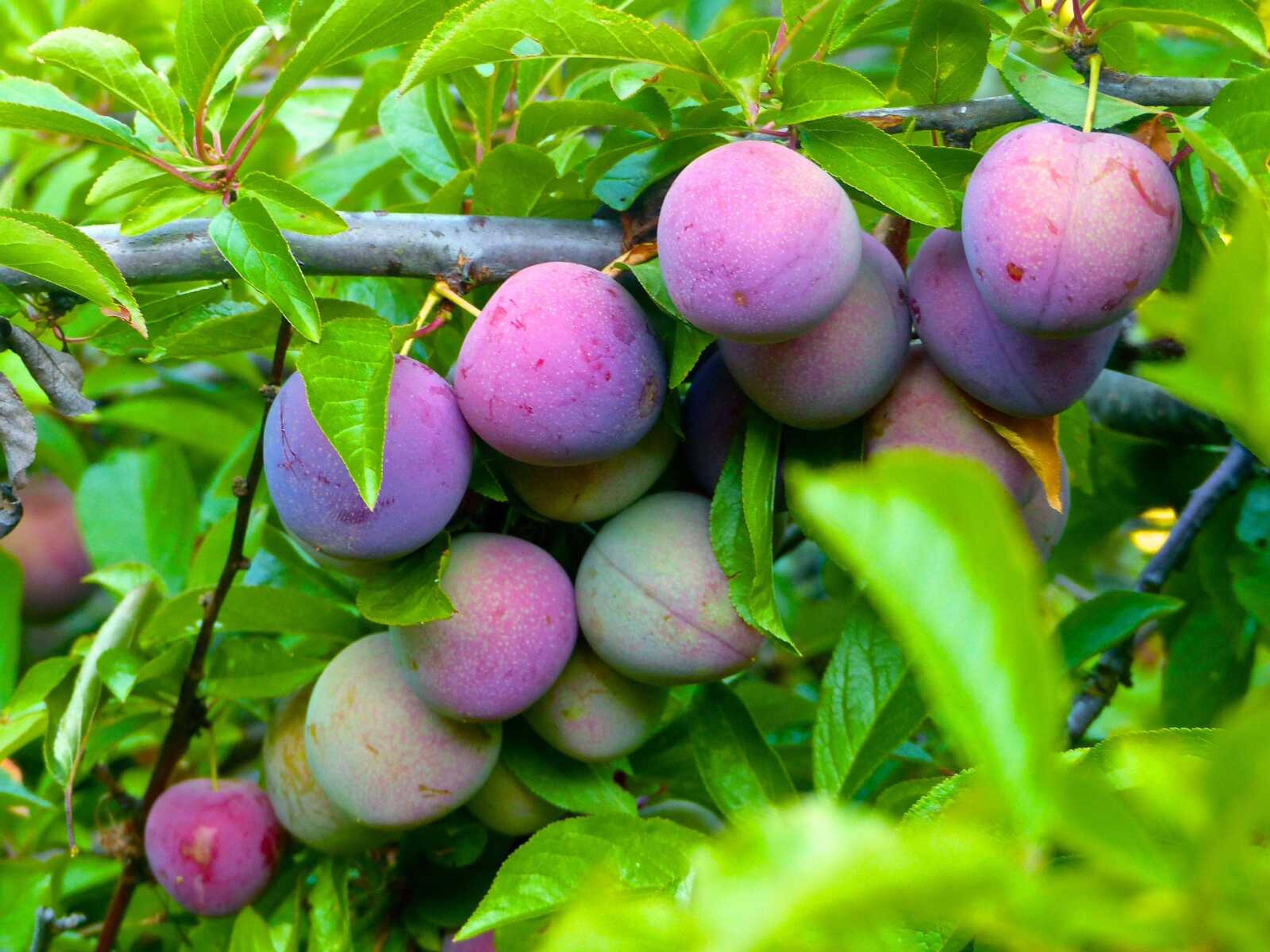It takes just a twist of the wrist to determine when pears are ready to come off the tree.
For plums and peaches, flesh firmness is a good way to verify maturity.
Blackberries? Check the color.
Nature offers a wide range of clues about when the time is ripe for harvesting fruit and minimizing losses.
"Tasting may be all that is needed and is the simplest method for determining ripeness," said Leonard Perry, horticulture professor emeritus at the University of Vermont. "Birds eating your fruit, too, is a good sign they are ripe for the picking. Look under an apple tree. If a few have fallen to the ground already, most are likely ripe."
Peaches can be picked when they separate easily from the branches. For best flavors, let peaches and apricots mature fully on the tree.
Raspberries and blackberries are prime when the fruit is no longer green and the berries separate easily from the plant.
Mature apples should be firm but yielding. "When you take a bite of an apple, it should be sweet and crisp without any trace of starchiness," said Teryl Roper, a pomology professor at Utah State University. "Skin color helps to determine maturity but it is not always reliable. Seed color is not a reliable indicator of fruit maturity."
Some other guidelines for harvesting fruit:
- Be gentle when picking and storing fruit to avoid bruising, which hastens deterioration and mold. "This is particularly important for very soft raspberries, which should only be stored in shallow containers," Perry said.
- Ripe fruit should have a noticeable aroma.
- Pick early in the day, especially berries. They won't spoil as readily as those picked in full sun and hotter temperatures.
- Fruit to be dried should first ripen fully. Fruit to be cooked or preserved can be picked when slightly green. Cooking or blending can salvage bruised, damaged or over-ripe fruit.
And then there's storage, the other vital half of the fresh fruit equation.
"Once a crop is harvested, it is almost impossible to improve its quality," Kansas State University Cooperative Extension Service horticulturists say in a fact sheet. "Losses of horticultural crops due to improper storage and handling can range from 10 to 40 percent."
The key to successful fruit storage is quick cooling, Roper said: "Pick them and get them cool as quickly as possible."
In general, fruit should not be washed right after harvest, since that can allow disease-carrying organisms to spread from one fruit to another. But fruit should be washed just before it's prepared and eaten, Roper said.
Connect with the Southeast Missourian Newsroom:
For corrections to this story or other insights for the editor, click here. To submit a letter to the editor, click here. To learn about the Southeast Missourian’s AI Policy, click here.








